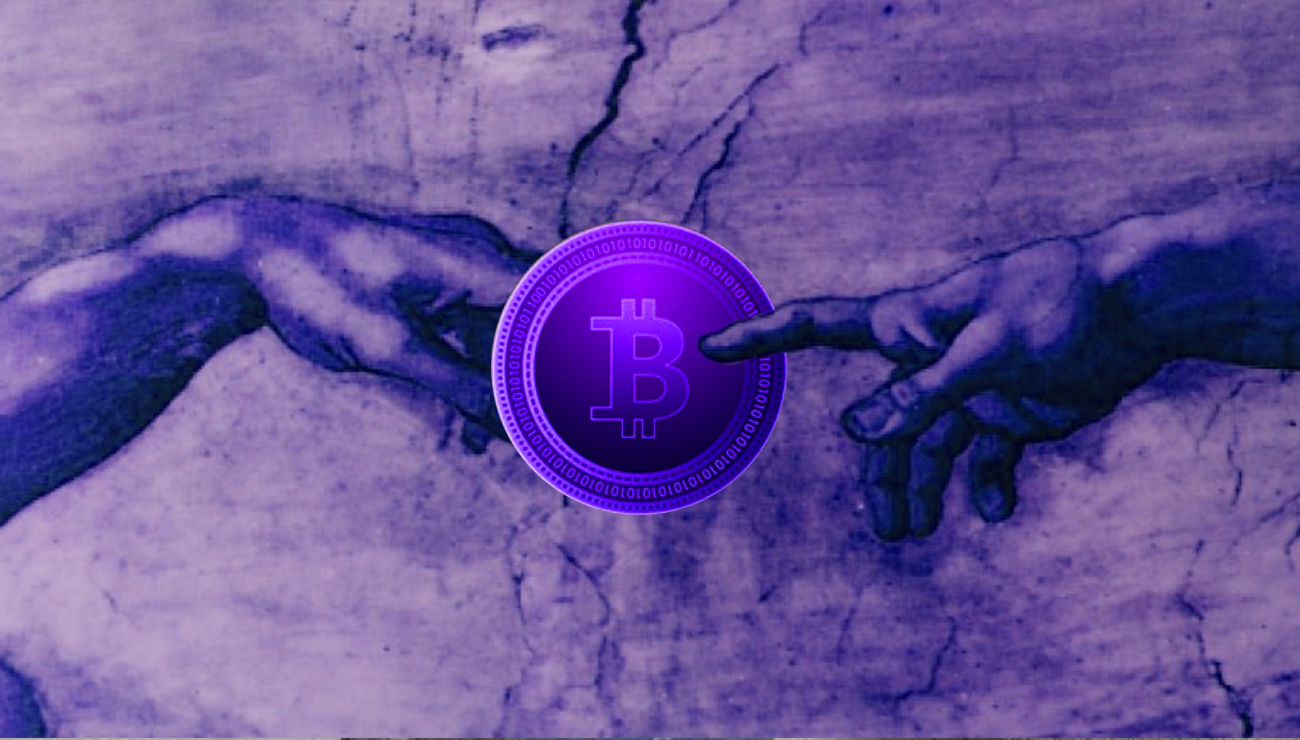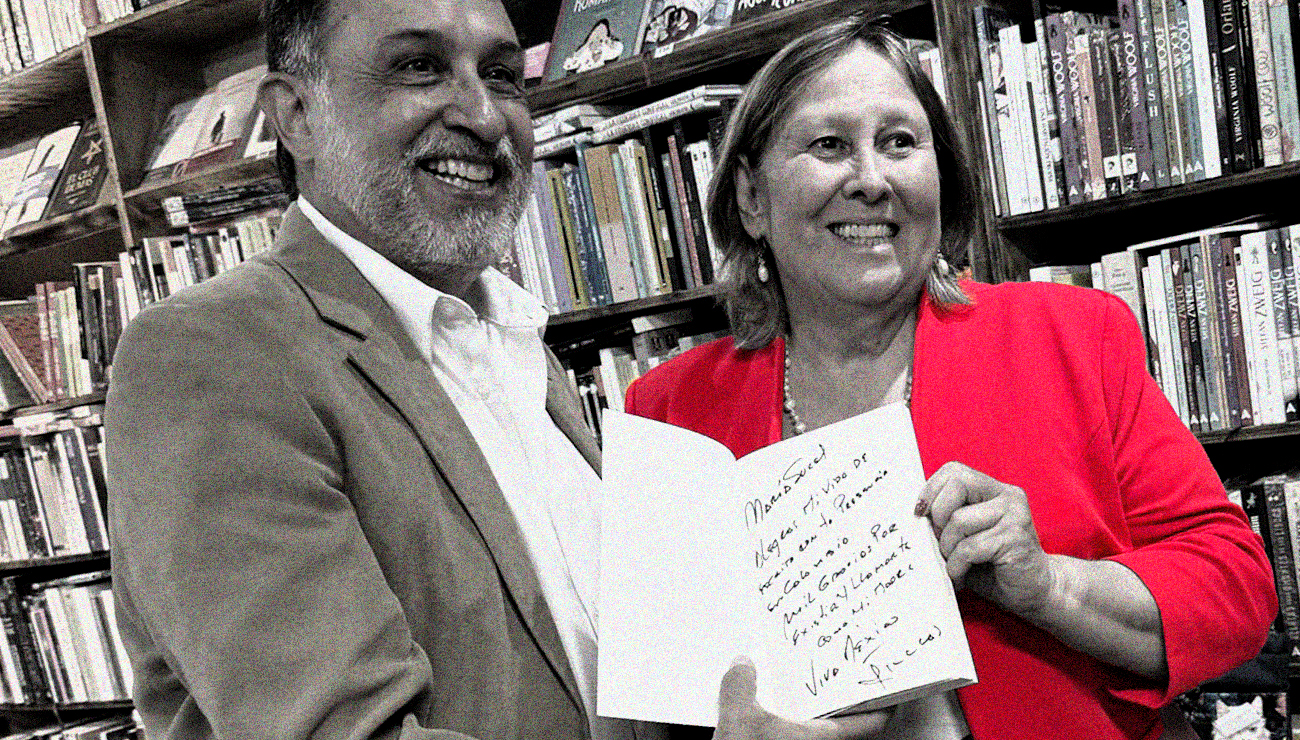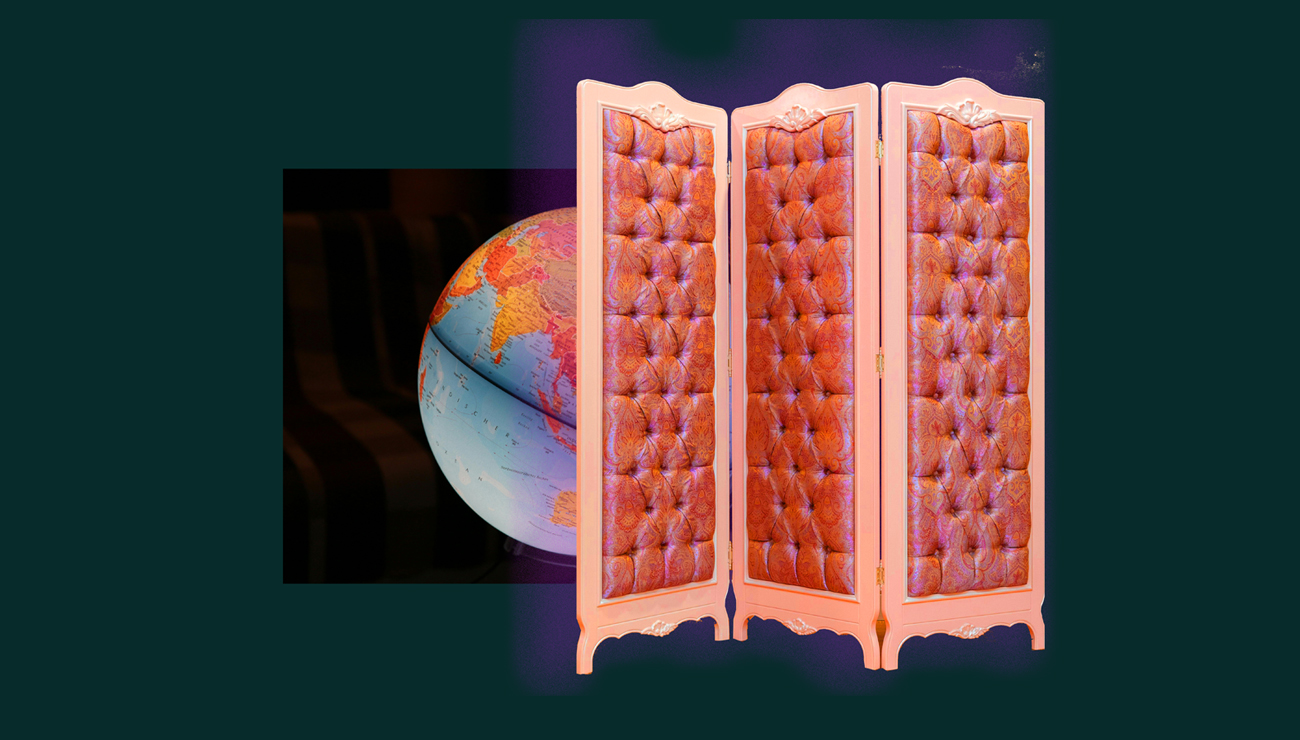
Crypto, the new faith of materialism
© 2021 · Author: William Castaño-Bedoya
The song known worldwide as What Color is God’s Skin? written in 1968 by Tom Wilkes & David Stevenson, released by their band “Up with People”, turned into a question asked by those who do or do not obey doctrines and dogmas. Atheists use this question to show that there are no precise answers to the existence of God, just vague ones, and believers use it to assert that they are God themselves, as they lend the colors of their skin to prove so.
Let’s pray for the salvation of the promise wealth: Our Smartphone, who art in cloud, Cryptofied be thy name, lead us not into ruin, but deliver us from speculation, give us this day our daily blessing and deliver us from any hack, Amen.
The Sky Also Belongs to the Beggars
Once upon a time in Grámmata, Medellín
A Planetary Choreography: Each Tragedy Serves as a Screen to Hide Another
William Castaño
William is a Colombian-American writer who captivates readers with his ability to depict both the unique experiences and universal struggles of humanity. Hailing from Colombia’s Coffee Axis, he was born in Armenia and spent his youth in Bogotá, where he studied Marketing and Advertising at Jorge Tadeo Lozano University. In the 1980s, he immigrated to the United States, where he naturalized as a U.S. citizen and held prominent roles as a creative and image leader for projects with major corporations. After a successful career in the marketing world, William decided to fully dedicate himself to his true passion: literature. He began writing at the turn of the century, but it was in 2018 when he made the decision to make writing his primary occupation. He currently resides in Coral Gables, Florida, where he finds inspiration for his works. William’s writing style is distinguished by its depth, humanity, and authenticity. Among his most notable works are ‘The Beggars of Mercury’s Light: We the Other People’, ‘The Galpon’, ‘Flowers for María Sucel’, ‘ Ludovico’, and ‘We’ll meet in Stockholm”.









